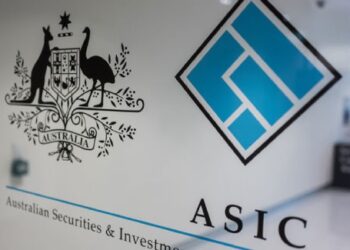Aaron Dunn, CEO of Smarter SMSF, said in a recent YouTube update that the ATO has provided clear guidance on the three key areas within LRBAs, including single acquirable assets, improvements versus repairs and maintenance, and the creation of different assets.
“In regard to the single acquirable asset concept, you don’t look at the asset in isolation, as there can be circumstances where there may be multiple titles that can be aggregated together under the single recordable asset definition,” Dunn said.
Tim Miller, education and technical manager for Smarter SMSF, said the difficulty arises when considering if a title can be split or if an SMSF wants to split the title.
“This is where ATO can get quite specific in the sense that if there’s an encumbrance that suggests you can’t split an investment it would be classified, even if there’s multiple titles, to be a single acquirable asset, whereas if there are no encumbrances, and you just choose to sell it as one asset that won’t necessarily be defined as a single acquirable asset, and would potentially result in you requiring multiple limited recourse borrowing arrangements,” he said.
Dunn said this situation often arises in packages with property such as apartments where there may be an ancillary car park, meaning the SMSF then needs to look at how the contract is structured to ensure the car park is dealt with separately, as it would not be included under the single asset definition.
Miller said one of the areas in which SMSFs are regularly caught out regarding the single asset concept is the acquisition of primary production land, which is often split over multiple titles.
“In this instance, you have to determine if these titles can be separated or not, and it will often come down to what buildings are spread across the titles and what other infrastructure exists that may restrict the capacity to separate those packages of land,” he said.
Dunn said there are “other intricacies” that also must be understood when considering repairs and maintenance versus improvements in the context of LRBAs, and they need to be viewed differently regarding the income tax perspective that may apply.
Miller said the way the current legislation is drafted means the amount borrowed to acquire an asset can incorporate the amount used for repairs and maintenance.
“You do need to have that allowance built into the original loan documentation with redraw facilities that you can use for repairs and maintenance,” he said.
“The key issue is that you can’t borrow or use borrowed monies to improve an asset, so while the fund can use its existing capital, or additional capital to potentially improve an asset, it can’t use borrowed monies, nor can you actually change the nature of the asset by those improvements because if you change the nature of the investment, then you’ve got a different asset which is then is in breach of section 67 rules.”


